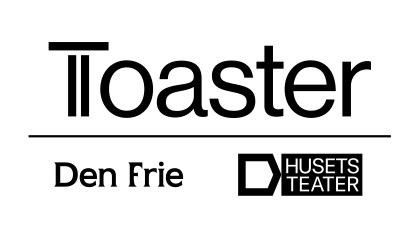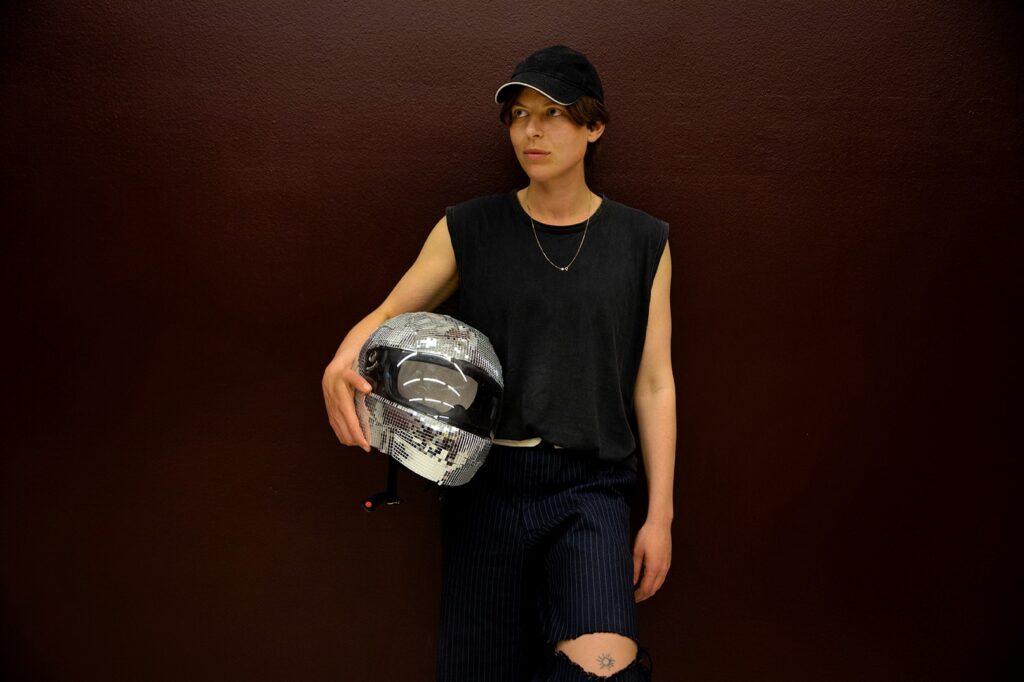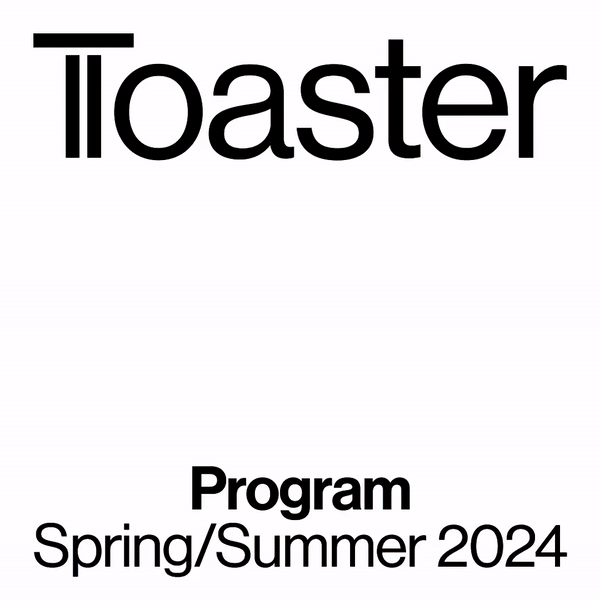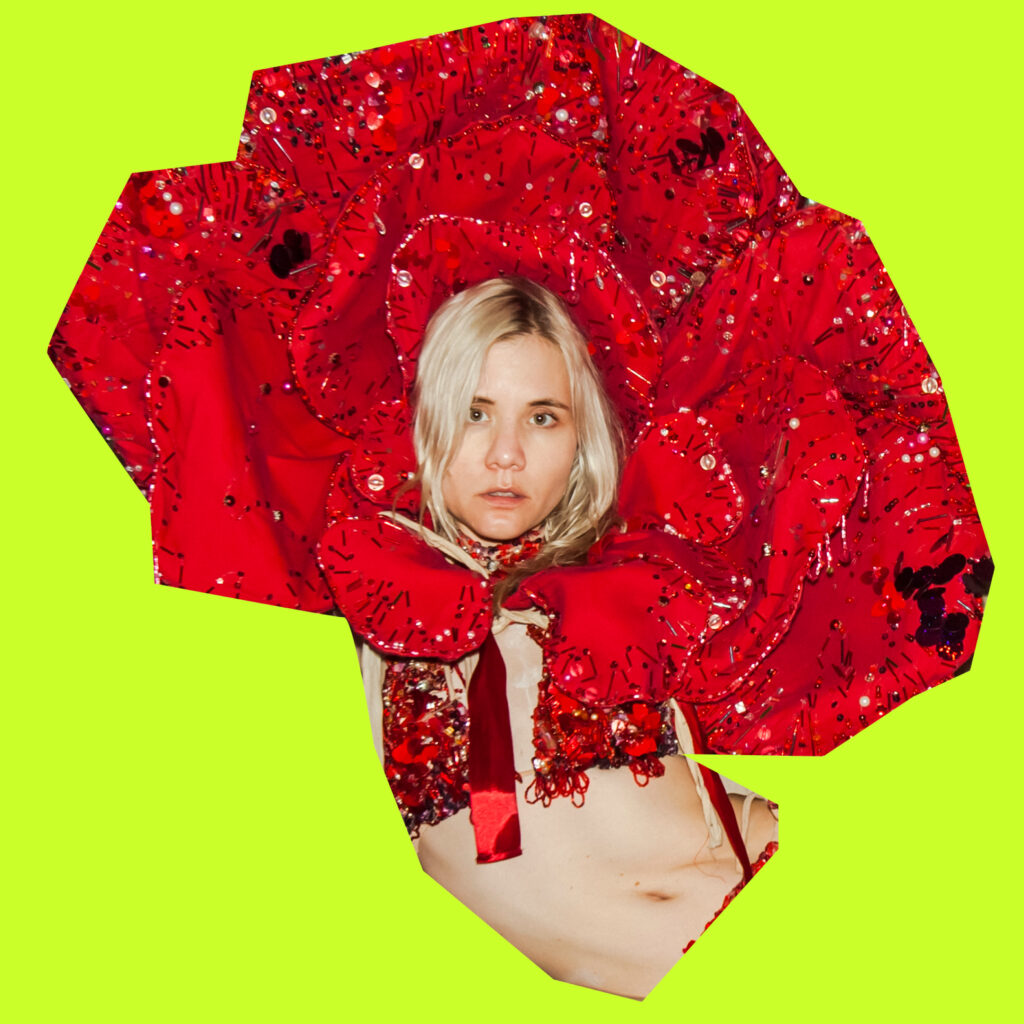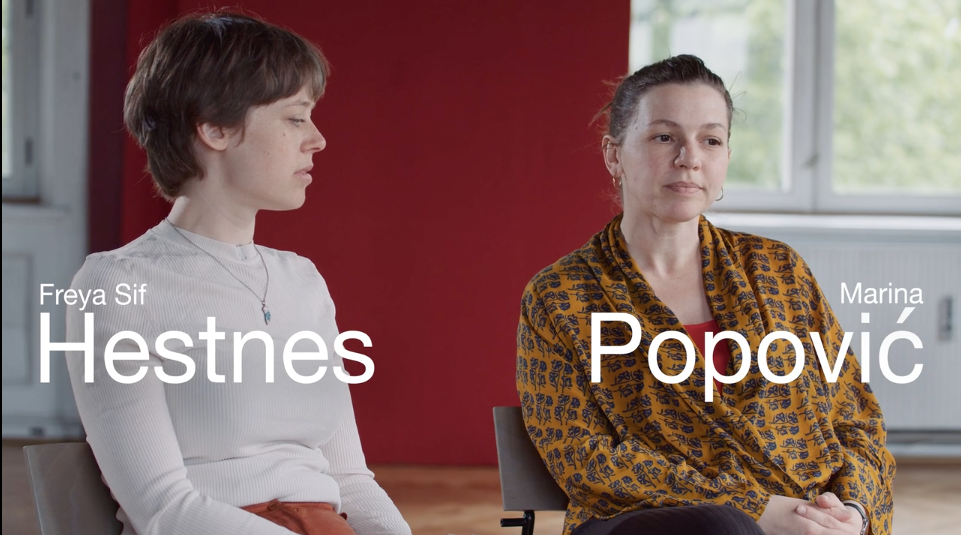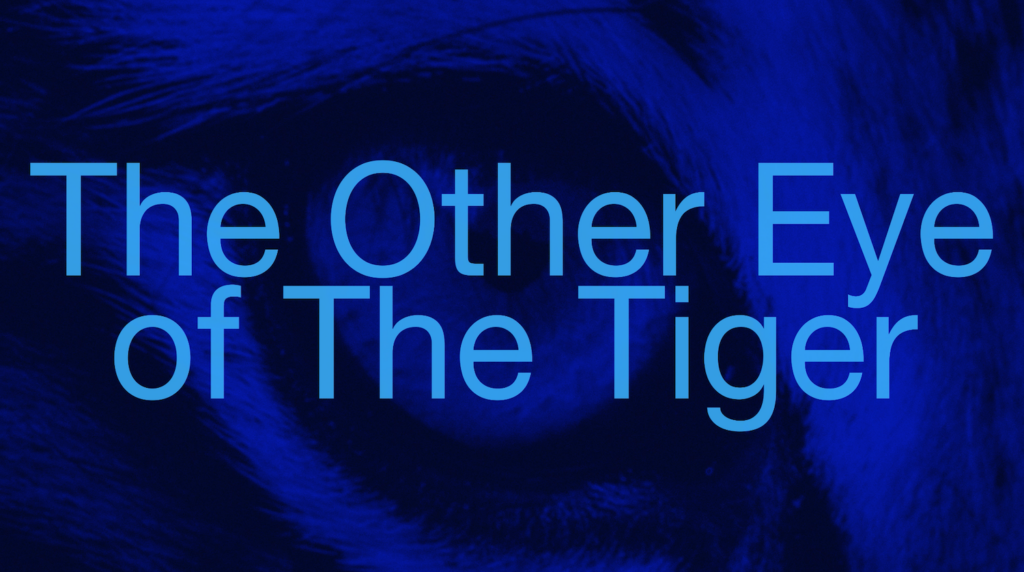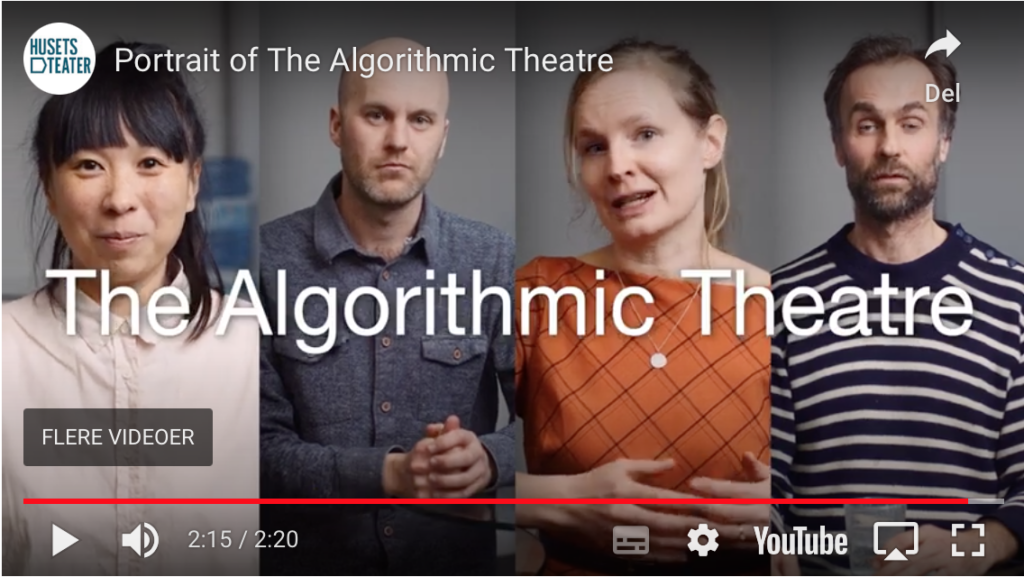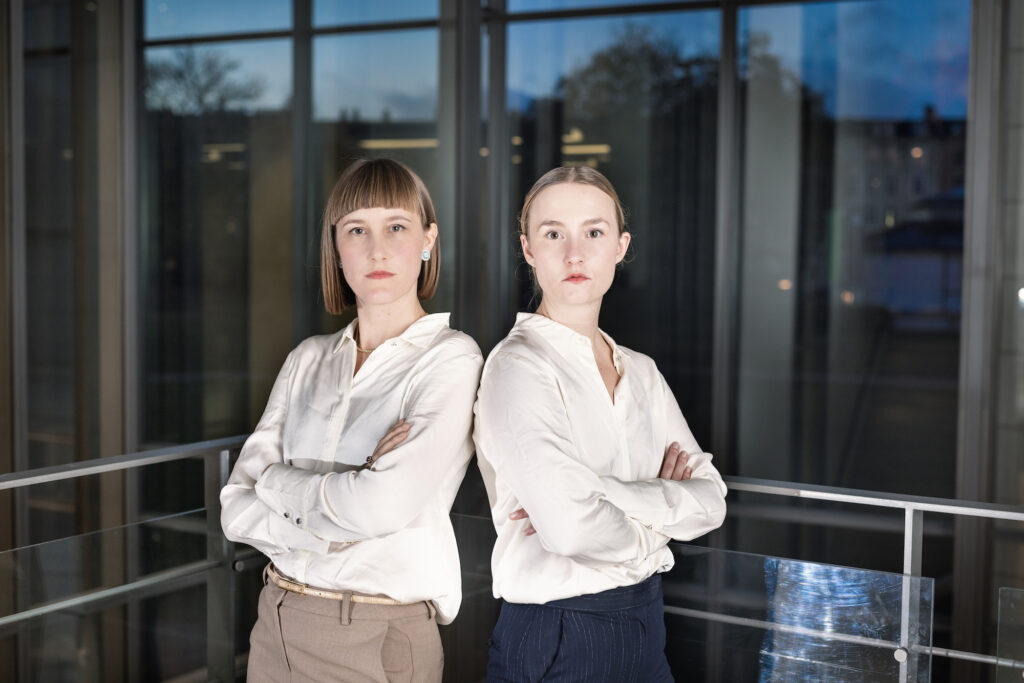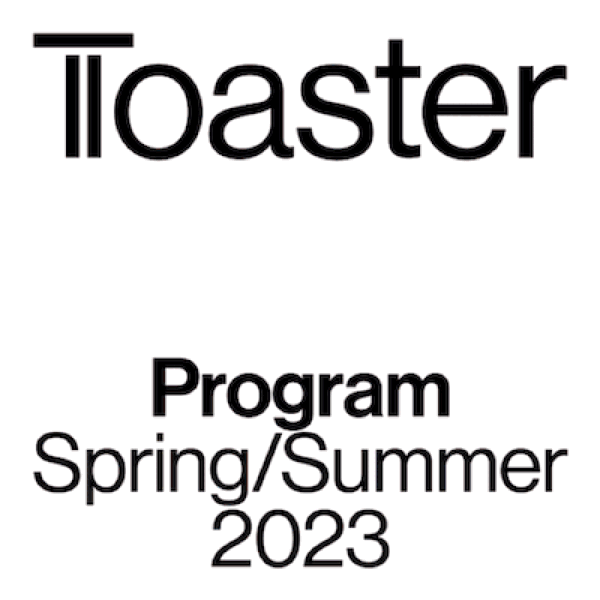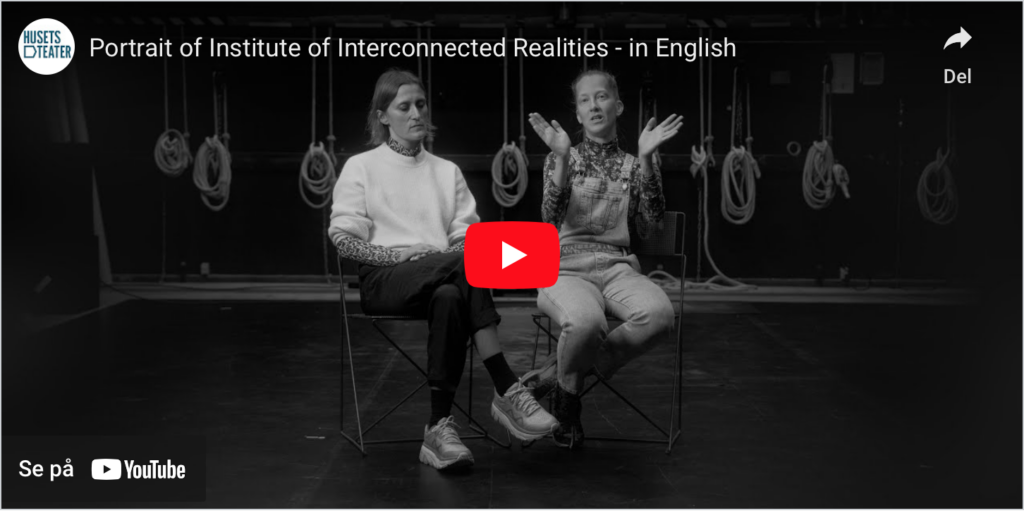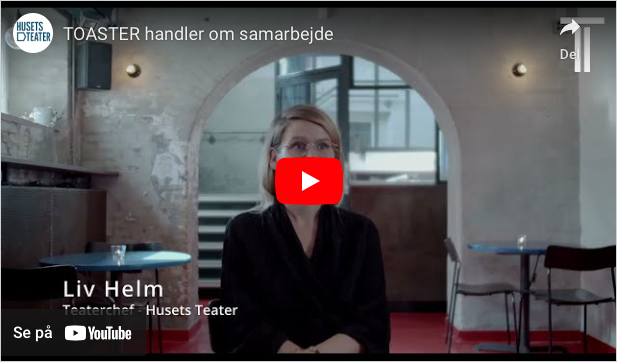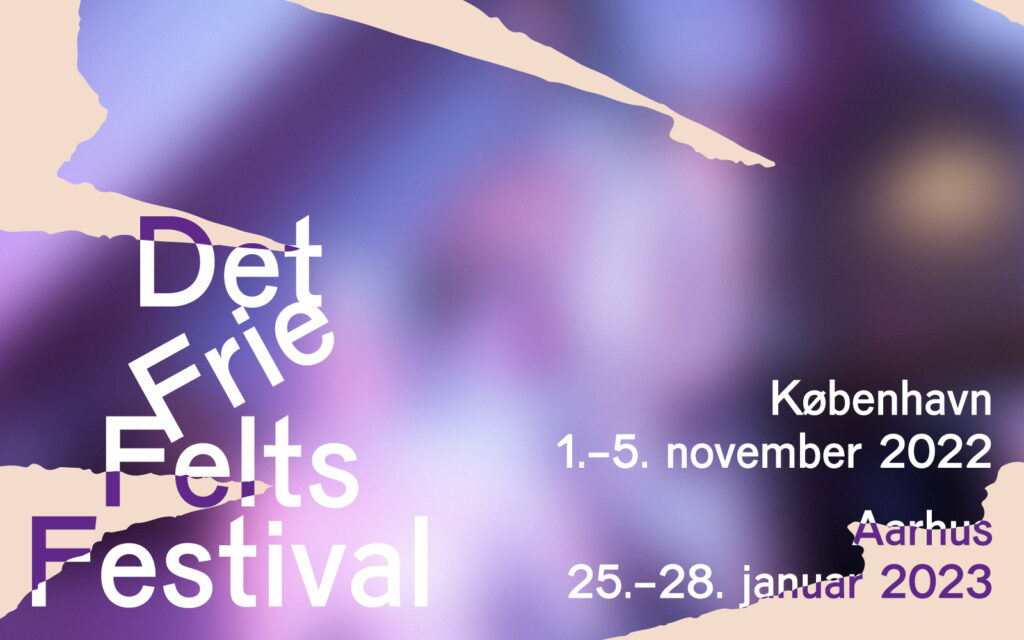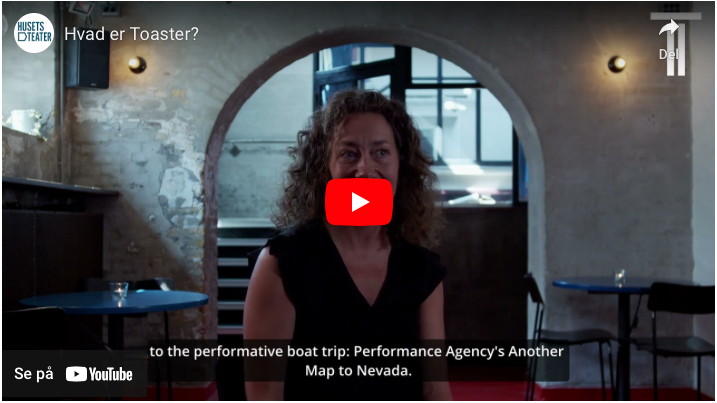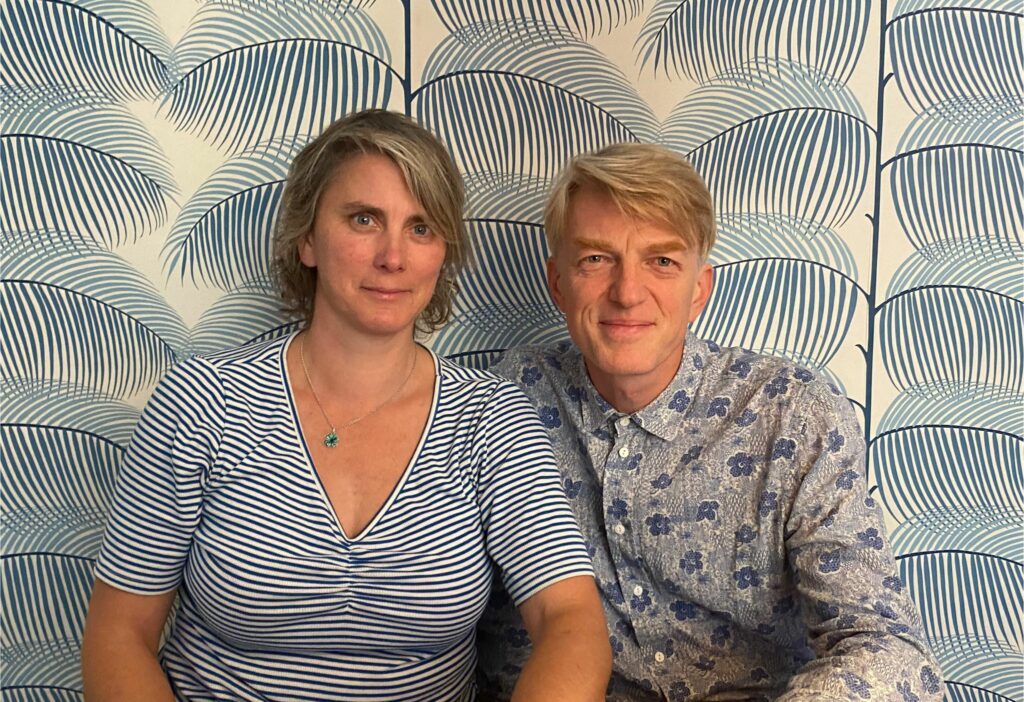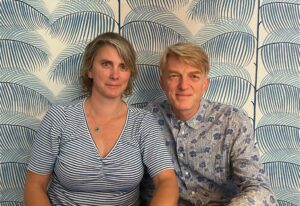Interview with Norpol by Miriam Frandsen
Nordpol is in the middle of creating the performance installation I trust you, which has been a long time in the making and has gone by many names, but has found its home at Toaster. I meet with Daniel Norback and Seimi Nørregaard in their flat for a chat about the company’s history and the upcoming performance installation, which will premiere at Den Frie Centre of Contemporary Art on 10. November.
Who is Norpol? And what is the basic DNA in the project?
Daniel: The name itself came about because Erik Pold and I were going on a tour with a performance in England and needed a name. And then the fusion of our two surnames, Pold and Norback, seemed obvious. I’ve been producing performances under that name since 2003. Norpols DNA is working with documentary material. I’m interested in the major political issues, which also sometimes seems impossible to solve. The material is created from interviews with relevant people. The biographical is also a core DNA as Norpol often stage people’s biography. The documentary material is then converted into performance with me as performer and possibly other guest performers, and interpreted in a visual space by Seimi, who have been part of every project as a set designer and visual artist.
Seimi: Daniel is in charge of the application work and is project manager and always a performer, while I help develop concepts, some times just supporting Daniels ideas, as in the performance Labor (2021) where a set design was needed, other times more co-developing in terms of developing the narrative. The visual plays a big part, something that might otherwise feel distant and unreal is put in a spacial and sensual context. The inconsequential becomes more consequential because you share a physical situation.
We often work with mixing fantasy and reality within the narrative. It’s interesting to us to examine what notions we and the audience have of something, for instance Russia. We sometimes also employ the lie as a means to provoke our preconceptions of what’s true and false, like in Teheran mon amour (2012). It’s art we’re working with, so there is no black and white. The audience has to participate themselves. We don’t know which person Daniel is and that holds a mirror up to all of us who is watching. The most important political issues contains some form of choice of a moral stance. We know, what we ought to think, that we ought to stand up for other people, but the performance persona can show us sides of ourselves, where we fail to do just that, to take action. We have all the right opinions, but it’s really hard to take action once it comes close to ourselves. So that little lie is good for reflecting when the audience are actually being truthful themselves. And when are we as artists, wearing our moral hat, being truthful ourselves? We know what our opinions ought to be, but if we look closely, it can be hard to live by.
Daniel: I trust you will probably be more truthful. That is because I need to be respectful to the people I work with, because it might be jeopardizing their safety to participate. So I have to advance more cautiously. We’ve been working on this project for a long time, since before the war in Ukraine broke out and back then it was called From Russia With Love, but the irony of that just became to thick for present times. The concept has evolved into a meta story where I put myself at stake with my actual story of wanting to work with Russian artists. My story can hopefully reflect some of the feelings you might generally experience when considering a Russian person now and examine what the war does to the notions you have? Putins reign has been in place for many years, he has been elected, probably not entirely legally, but he has some support in. The Russian community. So the thoughts have been there before, but the war has brought everything to a head, emotionally too.
What is the artistic motivation for making I Trust You? How did the idea come about?
Daniel: It’s been a long journey. The artistic motivation is the same as in every Norpol project, I’m very interested in human rights and questions concerning democracy. And Russia has occupied me all my life. I grew up on Gotland situated close to Baltikum, which was part of the Soviet Union back then, so I grew up with a certain closeness to the Soviet empire. When the Chechnya-wars broke out between 1994-1999 I became interested again and by then I was incredibly alone, because no one was talking about Chechnya. I attended meetings and joined the Chechnya Committee and here I met with many who were subsequently killed by the FDB. I was very committed and produced several performances that included these themes, for instance The Landscape of Evil (2005). But it was never an entire performance about Russia. Putin has also always been of particular interest to me: how has he acted and been treated with trust for so long? A Russian friend once said that I should make a performance called “Putin and I”. And now everyone is absorbed by it, as apparently Ukraine has more of an impact than Chechnya internationally.
But the idea for I Trust You has been underway for 4 years and began with a Russian artist and activist. I wanted to tell her personal story who, in her capacity of being a mother, in the end had to flee Russia, but that fell through due to different wishes for the collaboration and problems with mutual trust. Now the project has become more open and includes more artists and also more young artists. So it’s no longer about the specific biography of another, but about my own in the meeting with these artists.
What sort of parameters have you been most occupied with in regards to the performance and the exhibition? What is it you wanted to examine/explore? What are the challenges of making a performance and an exhibition at the same time?
Seimi: In I Trust You I’m creating a space that presents other artists. So I’m very occupied with how I can do that and at the same time preserve my own voice. I observe the artists works and gain information from Insta and SoMe, where there’s a big flow of information, especially around the two imprisoned artists. So I attempt to create a space that presents them. But also a physical space that doesn’t just present their work but also some of the things they dream of experiencing again or long for. I want to make multiple spaces within the space precisely because more artists are participating. Because we can’t access them the way we normally do than we go out and interview people, we can only access them through the already interpreted versions of others. I’m occupied with creating a space that represent that, and not them. What’s it like to literally be deprived of your liberty and not even know if you get a trial or not? The insecurity in that is also an important part of the space that is being created, I think. They live in a system you cannot trust and we know that, but it’s good to be reminded of it physically.
There are a lot of voices in this piece, that aren’t physically present, and then there’s an artist, Marina Karpov, who enters and joins the space. She works with “hydro feminism” and that becomes a piece in the piece. We get both originals and copies of art works in the space, and we could just view those as we would a regular exhibition, but I Trust You is a piece in it’s own right. It functions as an installation when it’s not a performance and we think a lot about the layers that can remain in the space, traces left behind, sound and lights. The space must also feel vibrant without performers in it. So there will be an animation of the space, you could say that the performance continues without is in it.
What kind of audience interaction are you working with?
Daniel: I try to create a connection with the audience and attempt to get them involved and become part of the piece themselves. Some of the conflicts taking place concerns them, so they have to reposition themselves and there’s no right or wrong, but it becomes a negotiation between the audience and the performer, and also between me as a performer and the piece itself – a more or less obvious meta layer. An example from The Landscape of Evil (2005), which we created with Erik Pold, was to divide the audience into the good and the bad respectively from the start. They got to choose themselves and they were fairly self adjusting so it was almost always fifty fifty, so it began from a humorous place and then became more and more serious. Humor is an important part of Norpol’s performances because it opens things up and creates the opportunity to later bring up the more difficult questions.
Seimi: As an audience you can’t feel taken hostage by a performance and think that if you don’t do this or play along, the performance will simply fall flat. Therefore it’s very important how Daniel is as a person. When he shows some of his ugly sides while at the same time being a very sweet person, we can allow ourselves to be there with our dark sides. Because we can both laugh at and identify with him.
In I Trust You we step into the installation together – the space can become larger and smaller and we can be both in close proximity or left to our own devices. There will be both a lecture and times when the audience is invited into the space.
What would you like to make the audience think about with I Trust You?
Daniel: We would like for the audience, when they leave the performance, to feel a little closer to these people fighting for a different Russia than what we experience in the media. And that they consider the concept of trust. What does it take to make us trust in someone? Can I trust someone who speaks Russian? We think it’s scary when we start putting people in boxes and for instance condemn them and make faulty generalizations.
Seimi: And we’d like them to feel the hope too. Because it’s hopeful when people, who do not want to live under these conditions, are rebelling, even if it is against all odds.
What is the next natural experiment for Norpol in continuation of this production?
Daniel: We are slowly starting to think a bit about touring with the show and are considering playing in English so that it is easier to travel with.
One could perhaps make a downscaled version, but it is difficult to say at this point. What can be very difficult about touring with contemporary art such as this, which really takes its starting point in the reality we are facing right now, is that policies change throughout the world and then it’s suddenly a completely new situation. That happened with our project Black Out (2009) which we made with Adelaide Bentzon and which had climate politics as its theme. Then Obama came and joined COP15 while we were still playing. The summit was a fiasco and from then on you didn’t talk about climate politics in Denmark and it became impossible to sell the performance.
I’m left with a feeling that this is incredibly important to work with material that is highly topical, even if it presents a challenge in terms of the lifespan of the performance installation, precisely because it can cause little ripples in the water both with the audience but hopefully also for the artists involved who reach out to people through Norpol’s work despite war and imprisonment. Because it isn’t just about Putin and Daniel but about all the rest of us as well.

